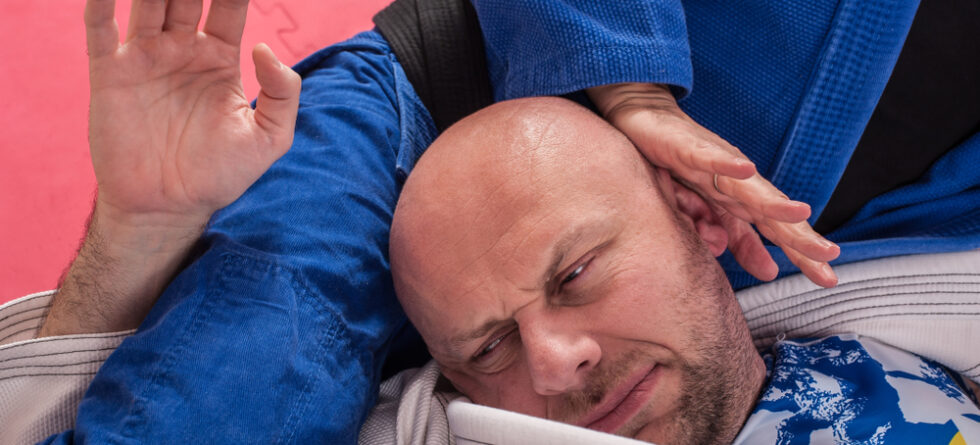Brazilian Jiu-Jitsu (BJJ) is a physically demanding martial art that involves close contact, grappling, joint manipulation, and submission techniques. While injuries can occur in any sport or physical activity, BJJ does have the potential for a relatively high injury rate due to its dynamic and intense nature.
Here are some factors contributing to the risk of injuries in BJJ…
- Close Contact – BJJ involves close physical contact with opponents, which increases the risk of accidental collisions, impacts, and strains.
- Joint Stress – Techniques such as joint locks, submissions, and takedowns can place significant stress on the joints, particularly the shoulders, elbows, knees, and ankles, making them vulnerable to strains, sprains, and even fractures.
- Dynamic Movements – BJJ requires quick and dynamic movements, including twisting, turning, and bridging, which can strain muscles, ligaments, and tendons if not performed with proper technique or control.
- Competitive Environment – In a competitive setting, practitioners may push themselves harder and take more risks, increasing the likelihood of injury.
- Training Intensity – Intense training sessions, especially during sparring (rolling), can lead to fatigue, reduced coordination, and increased susceptibility to injury.
- Uneven Skill Levels – Disparities in skill and experience levels among training partners can increase the risk of injury, especially for less experienced practitioners who may be less proficient in techniques or defensive maneuvers.
- Environmental Factors – Training on uneven or hard surfaces, overcrowded mats, or poorly ventilated spaces can contribute to accidents and injuries.
Despite these risks, many practitioners find BJJ to be a rewarding and beneficial activity for physical fitness, mental discipline, and self-defense skills. To minimize the risk of injuries in BJJ, practitioners should prioritize safety, adhere to proper techniques, communicate effectively with training partners, listen to their bodies, and take appropriate precautions during training sessions. Also, instructors should emphasize the importance of warm-up exercises, proper technique, and controlled sparring to help reduce the incidence of injuries among students.




